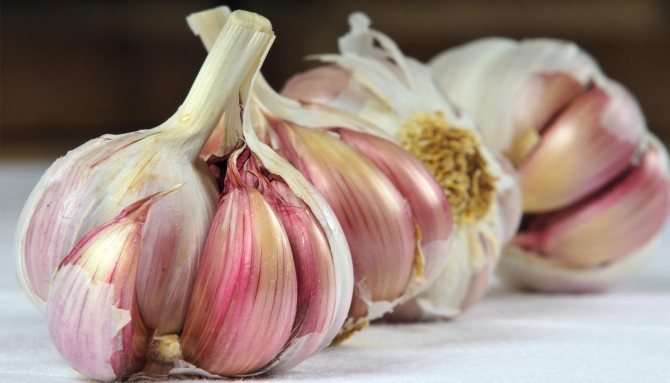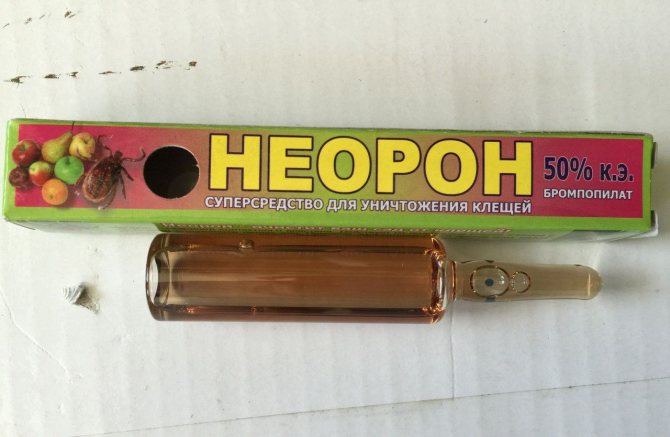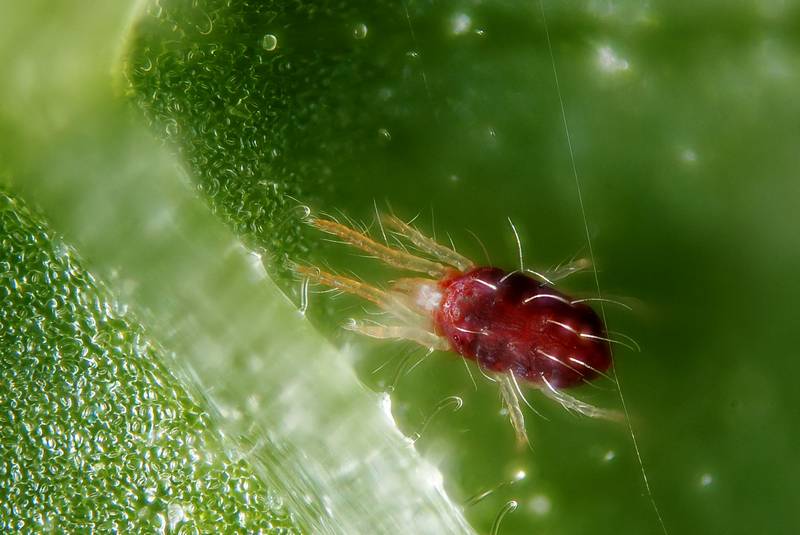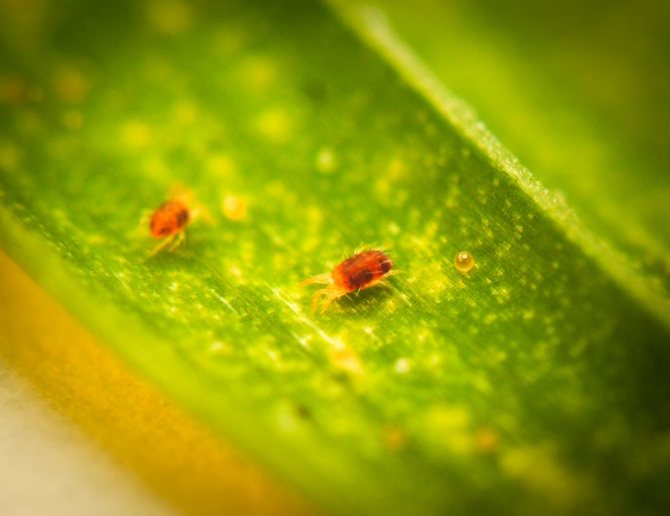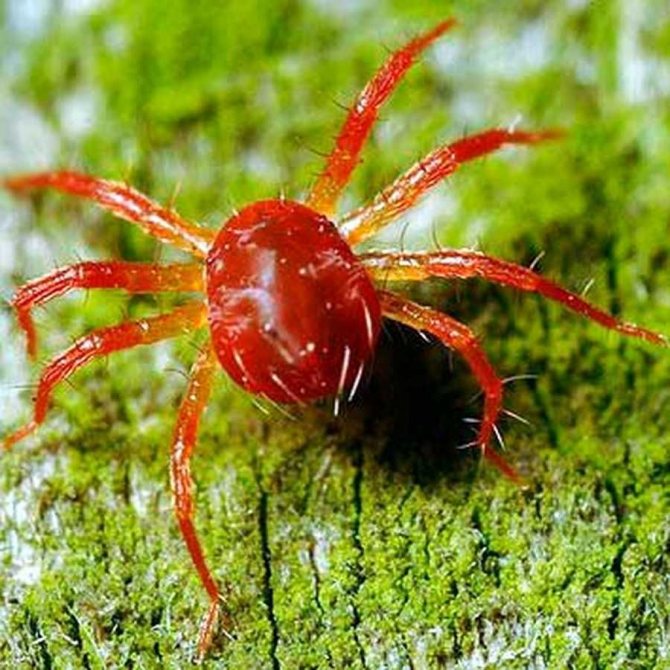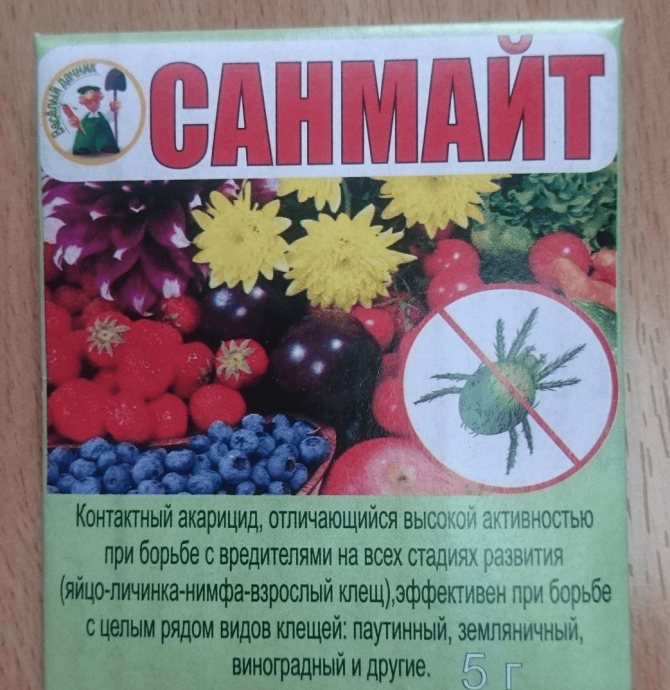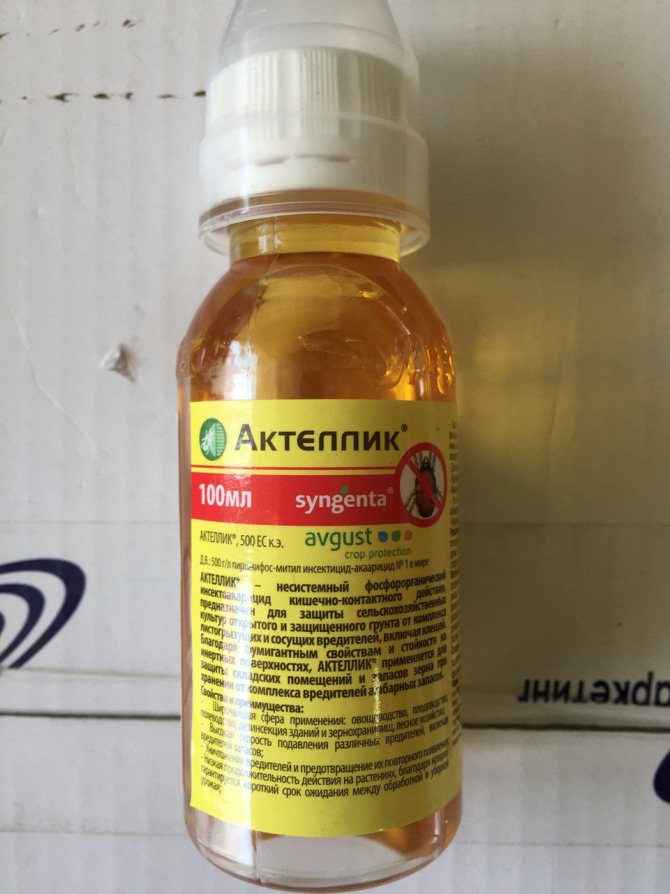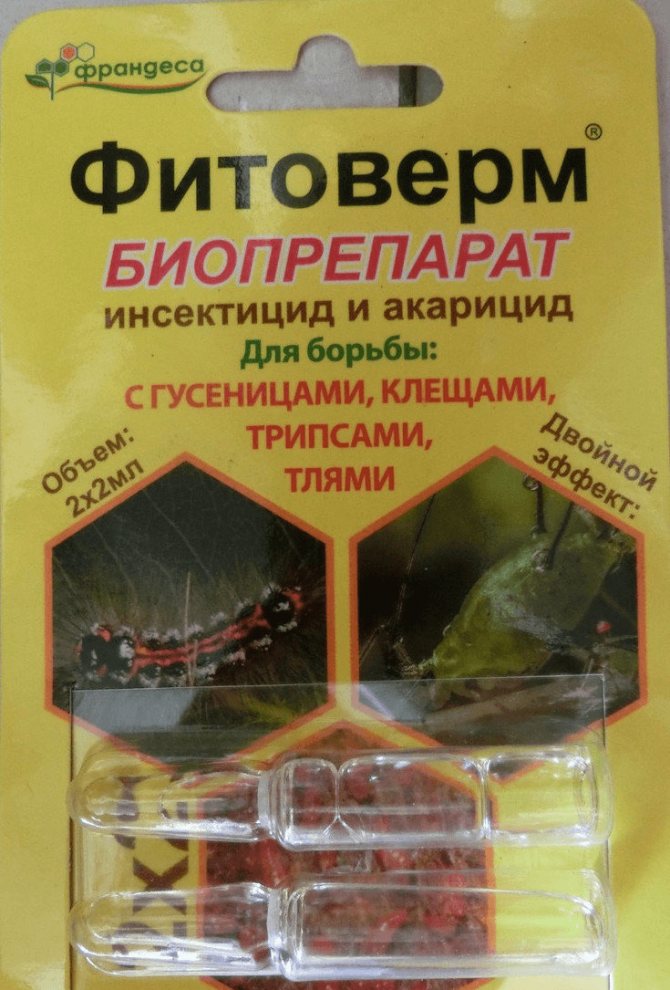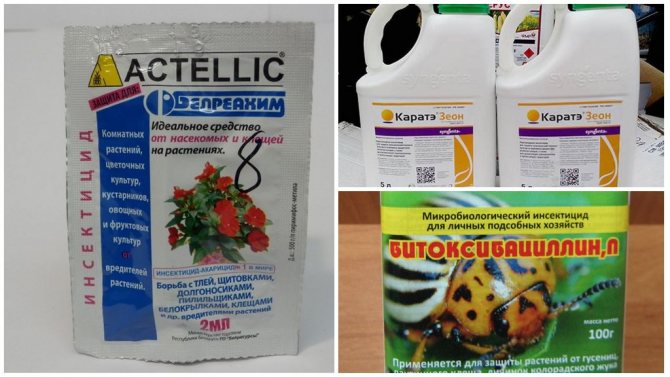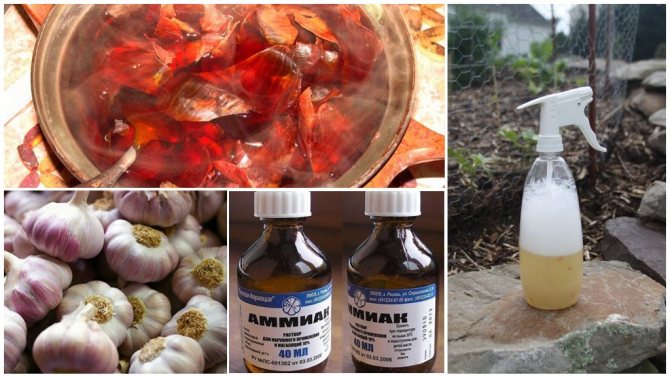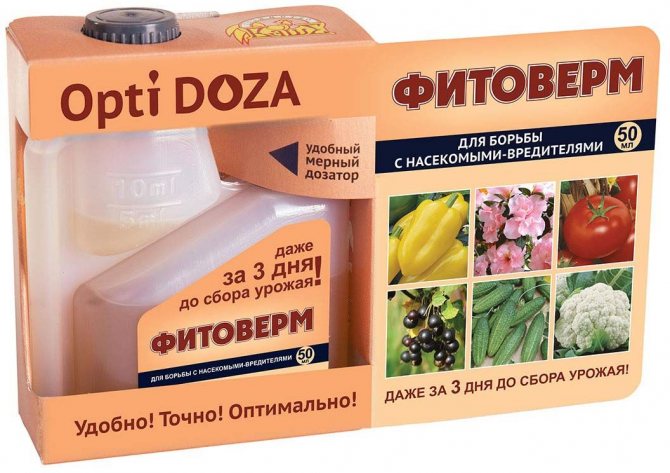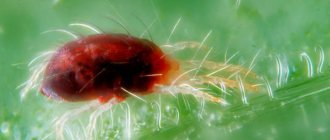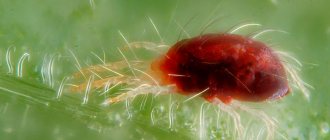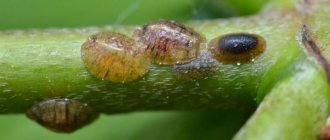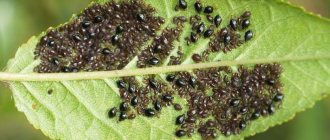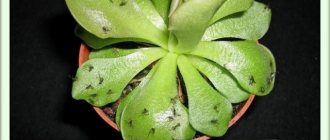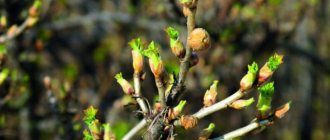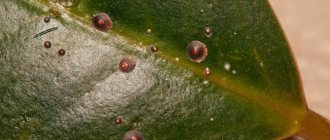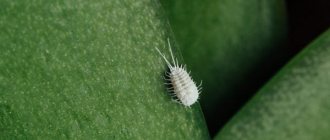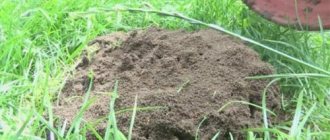Spider mites on indoor plants are a dangerous common parasite. The appearance of a thin web on flowers is the main sign of the presence of insects. Fighting tick colonies is difficult. Regular preventive work prevents the mass spread of arachnids, saves plants from premature death.
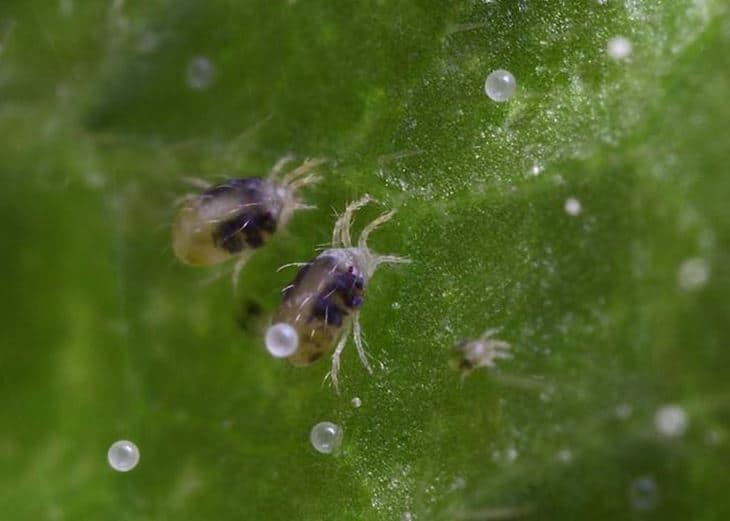
Spider mites are a common pest.
Biological features of a spider mite
The spider mite belongs to the class of arachnids. Life expectancy is only 2-4 weeks, but due to fertility, they are able to quickly spread throughout the plant and destroy it.
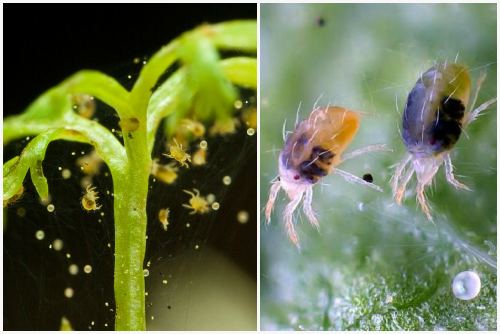

Only fertilized females can survive unfavorable environmental conditions. They hibernate under the bark, in dry leaves. In the conditions of the apartment, they find shelter in the crevices of the window sill, window frames, pots.
With the onset of the warm season, females lay eggs on the underside of the leaves, entangling them with cobwebs.
The cobweb plays an important role in the life of ticks:
- Protection against adverse environmental conditions: precipitation, wind, drop in ambient temperature.
- Resettlement to free areas.
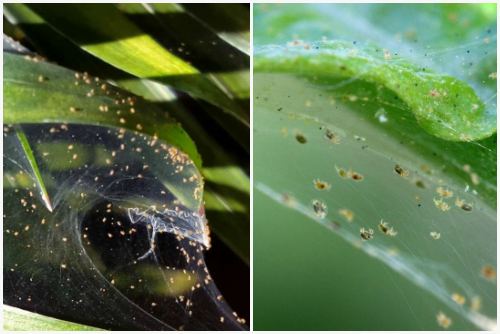

The parasites grow and multiply most rapidly at high temperatures of 28-30C and low air humidity. During the summer period, 8 - 18 generations can change, depending on the region of residence.
In greenhouse and apartment conditions, development cycles occur all year round.
Reasons for the appearance on indoor and garden plants
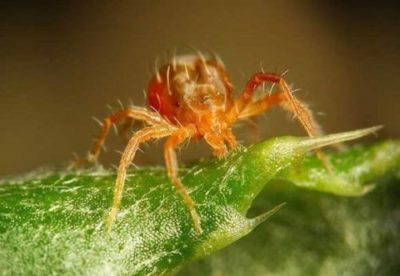

Favorable conditions for life and reproduction - dry and warm air, temperatures from +30 degrees and humidity 35-45%. In apartments, ticks often appear in winter when the heating is turned on.
The pest can enter the room through the window openings, it can be introduced with a new plant or with new transplant soil.
In the beds, the parasite lives in old fallen leaves, and then crawls onto the plant.
Mite development stages
- Egg. The rate of development of the embryo depends on the ambient temperature. The higher it is, the faster hatching will occur.
- Larva. After birth, she immediately begins to feed on plant sap. Unlike the adult, which has 8 legs, the larva has 6 limbs. Development takes place within 1 to 3 weeks.
- Nymph. This is a grown larva, but not yet an adult individual, which already has 4 pairs of limbs.
- An adult (imago), pictured.
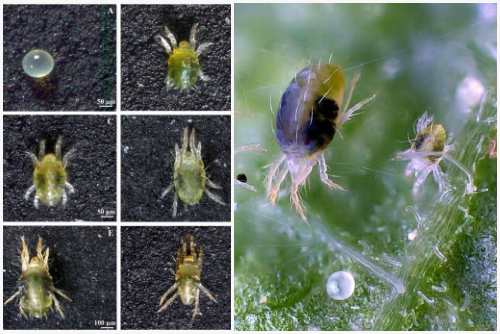

What are the danger
Their diet consists of plant sap, and they are absolutely not picky about food. They can settle on any crop and safely feed on the juice of an ornamental flower or an ordinary weed. In addition, they perfectly adapt to new living conditions, so they can settle on crops in a greenhouse, outdoors or in an apartment.
Infection can occur in a number of ways. Due to their small size, they can be carried by the wind. Also, adults and animals themselves can carry adults and eggs. Quite often, already infected planting material is purchased.
When they get to the garden, greenhouse or house, there is no need to hope that they will simply disappear. Getting to new territories, they begin to actively reproduce.For example, settling in a garden in 1 year, they give 3-4 generations, but at home and in greenhouses for 12-20 generations.
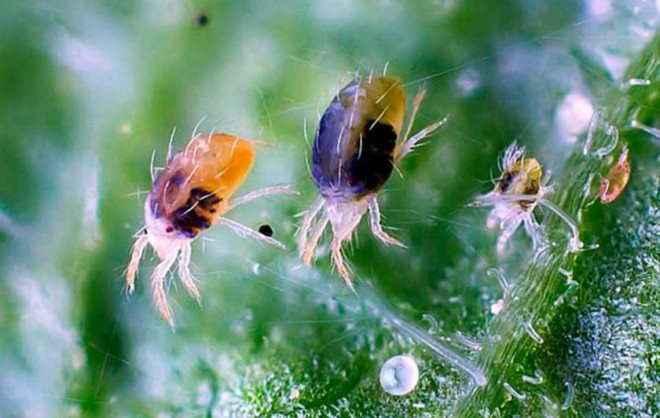

The danger to the plant is as follows. When the pest feeds, it pierces the leaves, stems and sucks out the juice. Of course, a few microscopic mites are not capable of causing significant damage, but if we talk about large enough colonies that are not being fought against, then they can completely destroy the plant in a few days.
In places where the pest makes a puncture, a small white dot appears. The leaves lose their normal saturated color, become pale. Then they begin to dry out and die off. In addition, the puncture site on the leaflet can be compared to an open wound in a person, into which bacteria and infections can enter.
And if we consider that the ticks themselves are carriers of infection, then the risk of infection is very high. The most common gray rot on the plant, which infects spider pests.
Signs of spider mite infestation
This microscopic species of mites parasitizes domestic plants.
It is quite difficult to see it with the naked eye, the size of females is approximately 1/2 mm, and males are 1/3 mm. Therefore, it can be detected by indirect signs:
- Marbling, yellowing, drying of leaves. These symptoms are the earliest, when they appear, you should carefully look at the back of the sheet. There you can see a thin cobweb, and on it there are tiny dots of black or red color - these are adults. They will sit still or move.
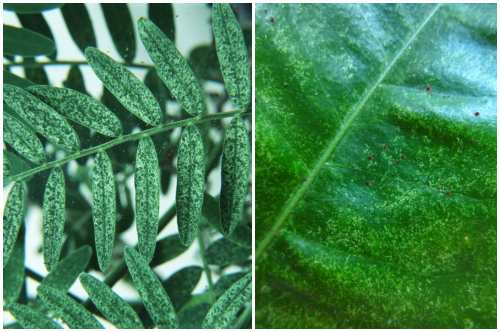

- The presence of a highly visible cobweb.
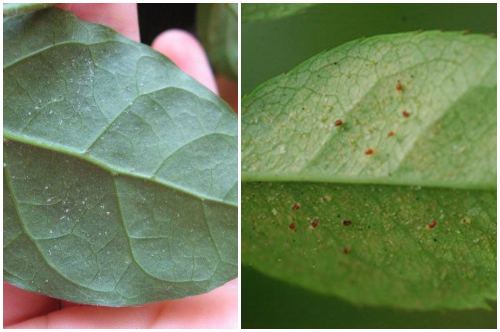

How to deal with spider mites
The following methods are used to combat the pest.
Mechanical
This method involves manual removal of parasites. It is suitable for single specimens with large leaves.
- It is necessary to thoroughly rinse the leaves, especially the lower part, with soapy water, using a soft sponge or cotton swab.
- Then rinse thoroughly with clean water.
- You should first close the pot with a plastic bag to avoid soap getting on the soil.
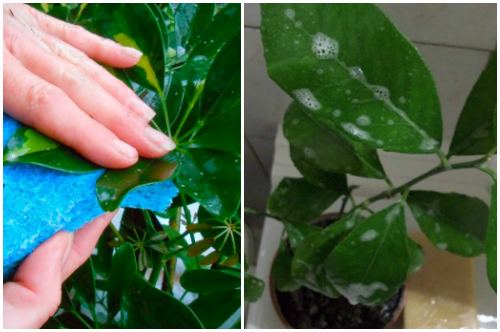

Biological
The best remedies for spider mites are biological ones, because they are absolutely safe for humans, animals, birds.
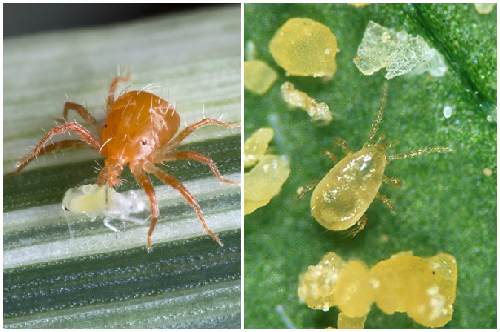

- Predatory mites are used as a pest control measure: phytoseiulus persimilis and amblyseius. In nature, they feed on spider mites. Predators are successfully used in greenhouses and greenhouses.
- Biological preparations. They are obtained using strains of special microorganisms. Some of the most popular drugs are Fitoverm, Akarin.
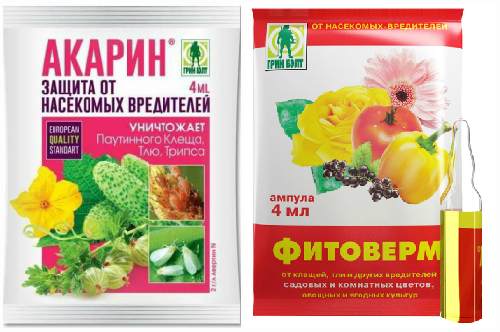

Chemical
This method immediately gives a visible effect. The chemicals are called acaricides. They are used only in extreme cases, if the areas are too extensive, or it is difficult to process in other ways.
- Apollo. Has a detrimental effect on eggs and larvae. It does not destroy adults, but sterilizes them. Release form - emulsion in ampoules and vials. Safe for bees and insects.
- Actellic. The drug acts against arachnids and insects.
- Anti-tick. Highly effective drug, toxic for humans and insects.
- Neoron. Destructive for adults, larvae. It is not dangerous for bees, it is allowed to use it during the flowering period.
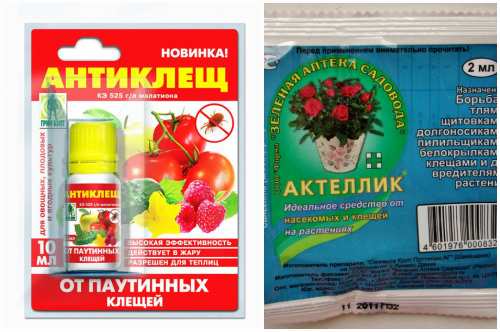

Important: due to the toxicity of chemicals, personal safety measures should be observed.
Processing rules
In the process of combating spider mites, the most important thing is not to harm the affected plant even more, for this it is recommended to observe the following basic rules that relate to the processing process:
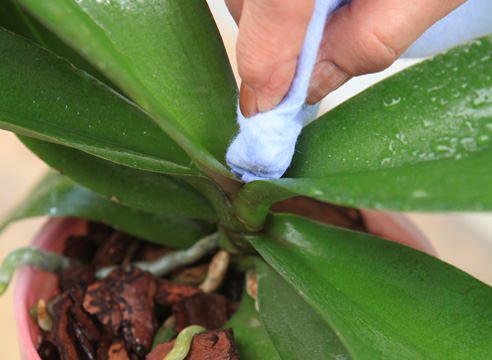

- Read the instructions carefully, which is attached to the chemical agent used, since different drugs may have their own characteristics of use.
- Check the toxicity level of the selected product. Preparations with 1 or 2 hazard class are not allowed to be used at home or to make solutions based on them. Processing with their help should be carried out exclusively on the street, after which it will be necessary to wait for the complete weathering of the toxic substances and only then the plant can be brought back into the house.
- Spraying with acaricides allowed only for completely dry plants.
- Not all chemicals are suitable for combined use. If there is no complete certainty that the components that make up their composition are suitable for mixing with each other, then this practice must be abandoned, otherwise the plant may die.
- When pests reappear, new chemicals with a different composition must be used for treatment. This is due to the fact that most ticks are able to very quickly develop immunity to the poisons used, after which already proven and effective means cannot cope with a secondary invasion of parasites. For this reason, it is important to pay attention to the active ingredients, since they can be identical in drugs produced under different brands.
- The processing procedure is recommended to be carried out in the morning hours no later than noon. The ideal air temperature for these purposes is between + 20 ° C and + 25 ° C. Under this regime, many acaricides act on ticks much more effectively.
- When performing any actions related to chemicals, it is necessary to remember to observe safety measures. These include washing your hands thoroughly, not allowing the substance to enter the mucous membranes or into the digestive system, using disposable rubber gloves and respiratory masks, and not eating or smoking during this procedure.
It should also be remembered that a single processing is usually not enough, so this process should contain the following steps:
- Primary treatment with the selected chemical, during it the vast majority of pests die.
- After that, you need to wait from 5 to 7 days and repeat the procedure again. This is necessary to kill a new generation of mites that may have emerged from previously laid eggs. They are usually found in the ground and not all chemicals are capable of exerting any effect on them.
- Wait again the same period and carry out a control treatment, which should exterminate all pests that have remained alive for any reason. However, even such measures do not give a complete guarantee that the spider mite will be completely exterminated, there is always the possibility that a certain number of eggs remain in the ground and new individuals may appear from them in the future.
Traditional methods of dealing with spider mites
Folk remedies are widely used in the practice of getting rid of pests, since they are available and not as dangerous as chemicals.
Alcohol
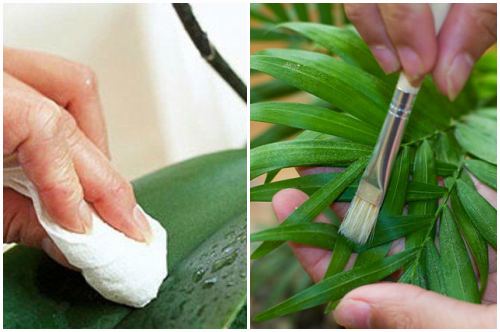

Alcohol treatment is suitable for plants with large leaf blades. In this method, the leaves affected by the pest are wiped with a cotton pad or an alcohol napkin. It does not cause burns, as it evaporates quickly, without having time to cause harm. The method is quite effective.
Colloidal sulfur
A 1% emulsion is made from sulfur powder or paste, with the addition of water. For better adhesion, you can replace the water with a soapy solution. It is desirable to carry out the treatment by wetting, since the particles of the emulsion do not dissolve and will clog the hole of the sprayer. After a couple of days, the white bloom is washed off with running water.
Kerosene
You can add a small amount of kerosene to the soap solution - treat the plant with this composition. Then it is washed with running water.
Tobacco infusion
For 1 liter of boiling water, take 50 grams of dry raw materials or tobacco dust. The prepared, strained infusion is sprayed with plants from a spray bottle.
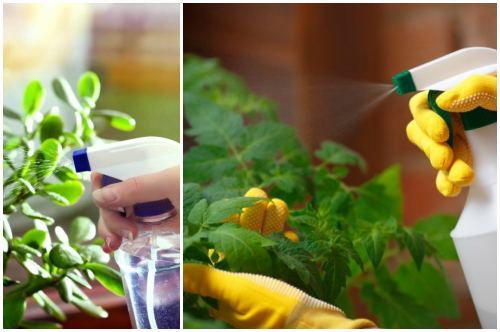

Important: processing, using folk remedies, is carried out at least three times, with an interval of 7 to 10 days.
Preventive measures
Spider mites on indoor flowers do not always start. With the observance of preventive measures, infection can be prevented.
- Newly acquired plant specimens must be kept separately for some time, in quarantine.
- Compliance with hygiene. Places with flower pots: window sills, windows, frames, shelves should be washed with soapy water or wiped with a disinfectant.
- Soil, prepared independently, it is advisable to warm up or spill with boiling water.
- Maintain air humidity above 40%.
- Do not allow the air temperature to rise above 25C.
- Treat periodically with acaricidal preparations.
A spider mite on indoor plants is a frequent visitor, which is quite difficult to get rid of. To get a positive result, you have to be patient and persistent.
Prevention of the appearance of parasites in the apartment
Observance of preventive measures will help to save plants and prevent the appearance of pests:
- check flowers regularly for damage and parasites;
- keep new plants in quarantine for 2 weeks;
- install mosquito nets on the windows;
- do not allow the flower to dry out, spray it regularly, since mites cannot tolerate high humidity;
- remove fallen leaves and buds in a timely manner;
- carry out preventive treatment with protective preparations, wipe the leaves;
- disinfect the soil before replanting flowers (freeze or evaporate).
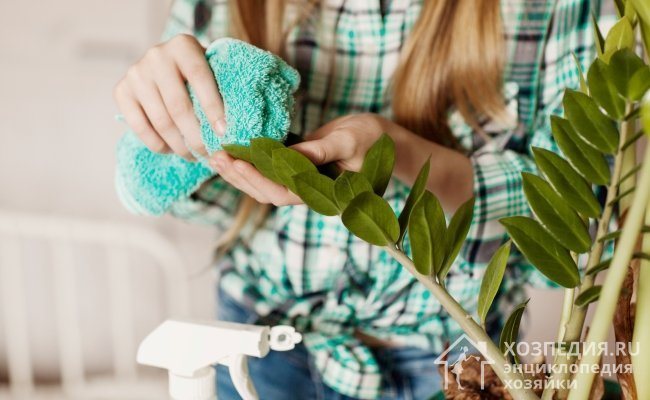

To avoid the appearance of pests on home flowers, provide them with competent care, periodically bathe and carry out preventive treatment
The spider mite is a dangerous pest that in a short time is able to form a large colony of parasites that destroy domestic plants. Insecticides and folk remedies will help to preserve the beauty on the windowsill. To prevent the problem from reoccurring, follow preventive measures, create unfavorable conditions for insects and provide proper flower care.

